
Insecticide Control of Soil Worms
March 31, 2025, 11:52 am
Yields of vegetables and fruits are negatively affected by the presence of organisms present in the soil in which these crops are grown. The major soil organism or pests that affect yields of fruits and vegetables are worms.
INSECTICIDE CONTROL OF SOIL WORMS
These worms live in the soil and feed on vegetables and fruits growing in the soil. This article explores the major worms that affect crops in the soil, how to detect them and the insecticides you can use to manage and control them.
Cutworms
A number of cutworm species can damage vegetables. Cutworm larvae (caterpillars) chew leaves, sever stalks and stems, and also may chew tubers, roots, spears or fruit, rendering them unmarketable. Most cutworm larvae are night feeders and hide during the day, e.g., under sod clumps, stones, or decaying vegetation.
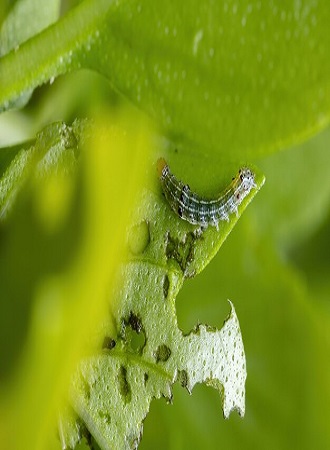
During periods of drought, low-lying areas in fields are more subject to cutworm damage than other areas, presumably because of more desirable conditions.
For cutworm adults (moths), weedy or minimum-tillage fields are especially attractive and become egg-laying sites for cutworm adults. Cutworm adults can also lay eggs on transplants in greenhouses that are lighted at night, as the moths are attracted to light. Eggs and larvae may be transferred with transplants to the field.
Cutworms Control
Where cutworms are suspected, a broadcast spray of a pyrethroid insecticide on no-till crop residue or broadcast incorporation of an insecticide treatment into the soil may be necessary just before planting.
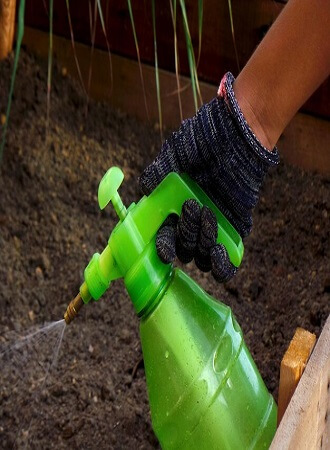
Always consult the insecticide label for rates and restrictions.
Even if a broadcast treatment is used, fields should be scouted for cutworm damage within a week of planting or plant emergence. If cutworms are actively cutting plants, a post-planting contact treatment may be necessary.
The following procedures may help improve control when a contact insecticide treatment is used:
1. Direct sprays at the base of the plants where cutworms are actively feeding.
2. Increase the amount of water used to at least 113 liters/A, especially in dry weather.
3. Spray between midnight and 5 a.m. when cutworms are most active.
4. Cultivate after insecticide application to improve contact with cutworms, especially in dry weather.
Garden Centipedes (Symphylans)
Garden centipedes are arthropods that are related to insects. They feed on germinating seed and fibrous roots of many crop and non-crop plants, including practically all vegetable species, and on decaying plant material.
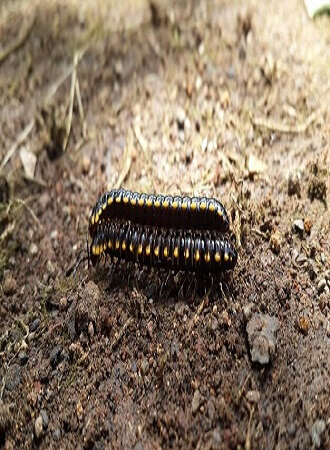
They are often associated with moist, fine textured heavier soils and typically establish in spots or field edges. Crops planted into those areas are often damaged, because the symphylans are continuously grazing on the fibrous roots. Spinach acts as very good host for this pest. Rotation does not appear to be an effective control.
Detection of Garden Centipedes (Symphylans)
The first symptom is an area or patch of poorly developing plants, similar to other root problems. Check the soil in these areas so that treatment can be made before planting the next crop, as there is no practical post-planting control.
A common practice is to flag off the spot and treat that area with soil insecticides in the following fall or spring. Soil solarization has not been an effective control. Symphylans can probably be transported in soil on field equipment. Dig up the soil and look for small, slender (smaller than 0.25 inch) white centipede-like animals that move quickly and try to avoid light.
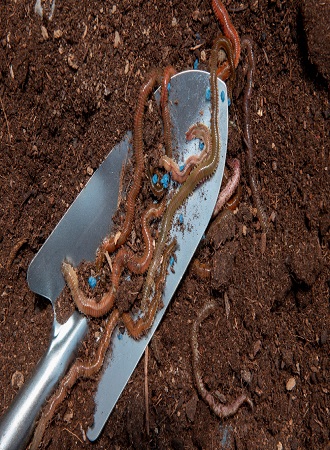
Another sampling method is to drop soil into a bucket of water. Symphylans will float to the top. Symphylans have beaded antennae and 12 pairs of legs on 14 body segments. Do not confuse symphylans with true centipedes (that eat other arthropods and are considered beneficial). Centipedes are not white and have large mandibles. Dry or cold (under 45°F/7°C) soil will reveal few, if any, symphylans.
Soil Treatment for Garden Centipedes
For spring soil samples, control is generally warranted if there are more than 2 symphylans per shovelful on average. For September or October soil samples, on average 4 or 5 per shovelful warrants treatment before the next crop. Insecticides are generally applied before spring planting, and fumigant treatments are usually made in the fall. Effectiveness of soil-applied insecticides decreases if soil temperatures are below 55°F (13°C).
Grubs
Grubs are the larvae of various beetles and can be soil pests in most vegetable crops. Serious problems have occurred in potatoes, sweet potatoes, beans, corn, spinach, and strawberries. Grubs feed on the roots and underground parts of the plant from one to several inches below the soil surface.
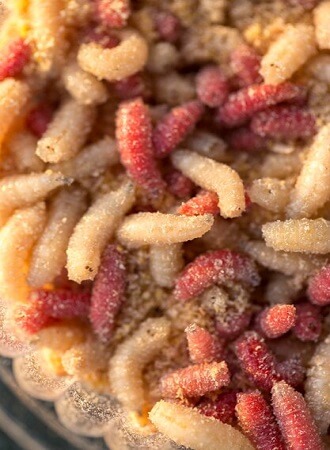
The plants may yellow and wilt, which causes a patchy growth in fields where plants are dead or dying. If injured plants are pulled up, the roots will show feeding damage, and usually the curve-bodied grub can be found in the soil.
Adult beetles lay eggs in the soil during June and July. As the soil cools in the fall, grubs move deeper into the soil and return to the surface the following spring. Depending on the insect, grubs may take 1-3 years to become adults and may cause problems year after year.
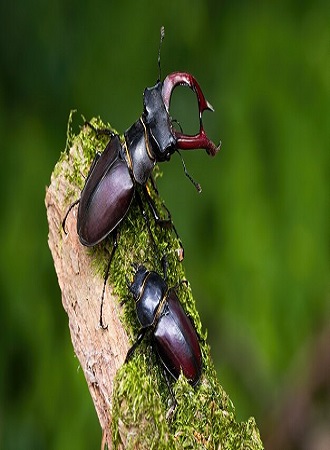
Grubs Control
Grub damage is usually associated with grassy or weedy fields. Clean fields may help prevent serious grub damage. Problems may occur in crops planted to fields that were previously sod.
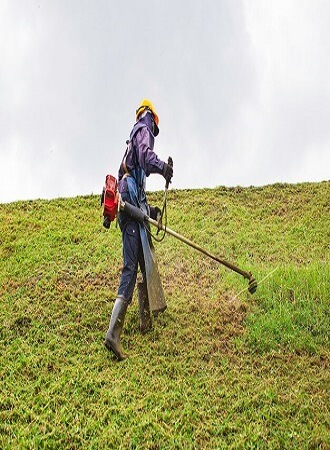
Maggots
Several species of maggots attack either the seed or roots of vegetables during the growing season. The adult of the maggot (a fly) fluctuates in abundance in different areas in different years.
-1743253679.jpg)
Since it is impossible to determine when and where maggots will attack and since nothing can be done once the injury is noted, preventive controls are good insurance before planting if you have previously had maggot problems.
Seed Maggots
A seed attacked by seed maggots usually fails to sprout or, if it does, it is weak or sickly. Newly transplanted plants are also susceptible to maggots that tunnel up through the stem causing the plant to wilt. Injury is most severe in wet, cold springs and on land rich in organic matter.
-1743253695.jpg)
Root Maggots
Plant roots become riddled with maggot tunnels, and underground fleshy parts soon become rotten. Above ground, plants appear off-color, wilt, and seldom reach full growth. Transplant water treatments, infurrow treatments, preplant broadcast, and postplant treatments may be recommended depending on the crop.
-1743253709.jpg)
Maggot Control
Control may be achieved using commercially applied seed treatments containing either chlorpyrifos (Lorsban 50W), clothianidin (Poncho 600), imidacloprid (Gaucho 600), or thiamethoxam (Cruiser 5FS, or Farmore DI-400). The level of control will depend on soil type, soil moisture, crop, weather conditions, and other factors.
Slugs
Slugs are not insects, but are closely related to snails. All slugs require damp or humid surroundings for development and will avoid the drying effects of sun and wind. During the day, slugs seek shelter under protective debris. This is why weed control is a useful deterrent to any slug problem.
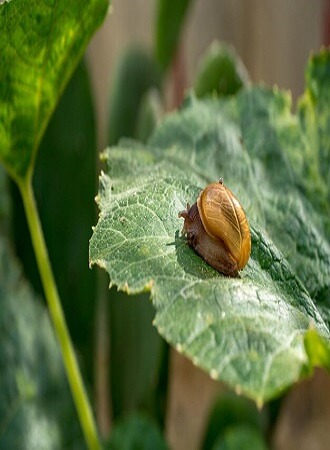
Slugs Control
Metaldehyde (e.g., Deadline M-Ps Mini-Pellets) is an effective slug-control chemical, and numerous commercial preparations are available at farm supply centers. Sluggo or similar products such as Iron Fist (iron phosphate - OMRI listed) are also labeled for slug control on a number of crops.
Read the label for crops and use rates, as not all products are labeled for all crops!
Wireworms
Wireworms injure vegetable crops by killing seeds or seedlings and tunneling and scarring tubers, roots, bulbs and low-growing vegetable fruit in contact with soil. Fields may be infested with wireworms but severe crop injury may occur only occasionally. Nearly all crops are susceptible.
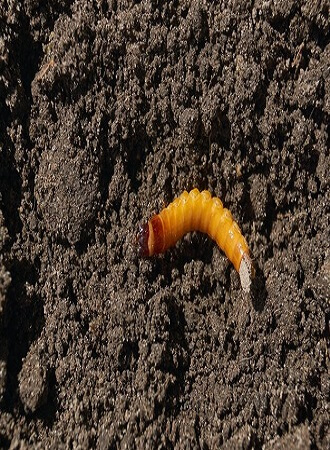
Wireworms Detection
Injury to young plants or tubers frequently is sufficient evidence to warrant future control measures. Since there is no effective post-planting rescue treatment, the following methods are useful to detect the presence of wireworms before planting:
Wireworms Detection Method 1
A technique using baits has been developed for evaluating wireworm potential before planting. The bait stations should be established 2-3 weeks before the anticipated planting date. Fields where small grain or grasses have been grown the preceding 2 or 3 years are the best candidates for bait stations.
Since wireworm infestations are often localized within a field, it will be necessary to place the bait stations randomly throughout the field. One bait station per acre is desirable. Place 2 bait stations at the highest elevation in a field, 2 on a slope, and 2 in the lowest area. Follow this procedure for baiting:
1. Mix 1 cup of untreated wheat or rolled oats and 1 cup of untreated shelled corn at each station
2. Bury the bait about 2 inches deep (if buried too deeply the grain will rot). Cover the ground over each bait station with an 18 inches square of black plastic. The plastic collects solar heat and speeds germination of the corn and wheat, enticing overwintering wireworms to respond.
3. Mark each station with a flag or stake.
4. Dig up the bait stations after 10-14 days and count the number of wireworms. For best results wait until the germinating grain has emerged before digging. Look for slender, reddish-brown insects that are ¼-1 inches long.
Wireworms Detection Method 2
Be sure the soil temperature at the 6-inch depth ranges between 45-85°F (7-29°C) and that soil moisture is equivalent to that desired for planting.
1. Collect soil samples from 20 scattered sites per acre. Each sample should be about 12 inches deep and 6 inches in diameter. Sample sites should be near plant crowns.
2. Sift soil and count wireworms.
Wireworms Control
If you find an average of 1 wireworm per bait station (Method 1) or if you find 5 or more wireworms in 20 soil samples (Method 2), a labeled soil insecticide should be used. Wireworm infestations tend to concentrate in some locations. Hence several wireworms may be found in one bait station and none in others. It may be possible to limit treatment to areas of the field with the largest concentration.
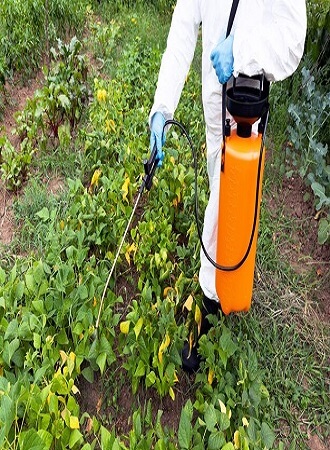
When to Apply Wireworms Insecticides
Insecticides can be applied either in the spring or fall when the soil temperature at the 6-inch depth is at least 50°F (10°C) and soil moisture is equivalent to that desired for planting. Frequently, the insecticide is applied immediately before planting. Consider fall treatment if an early spring planting is planned.
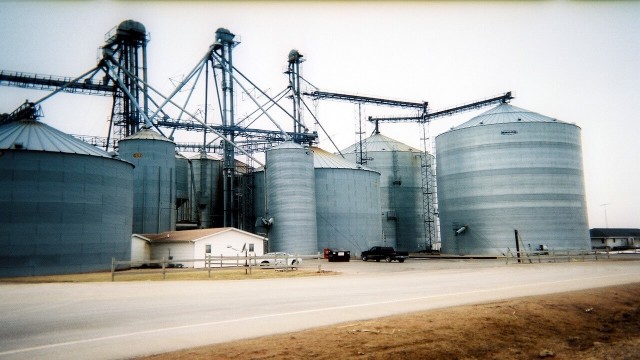
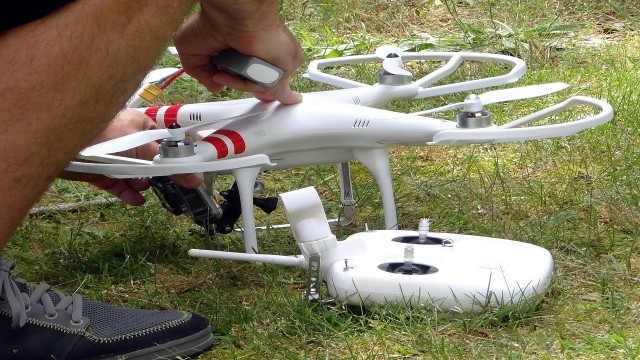
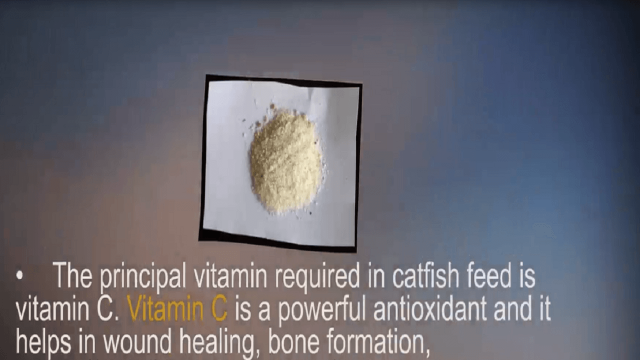
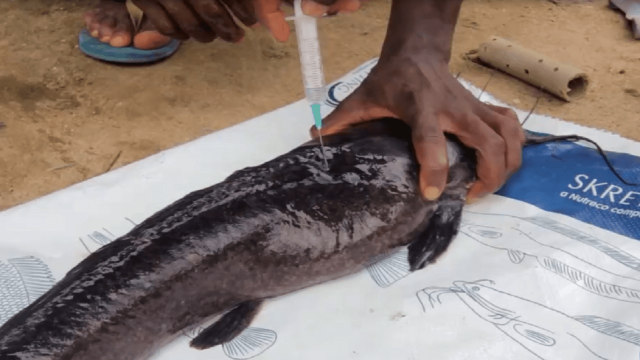
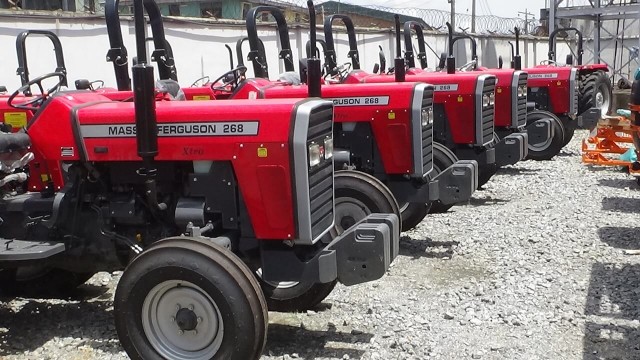
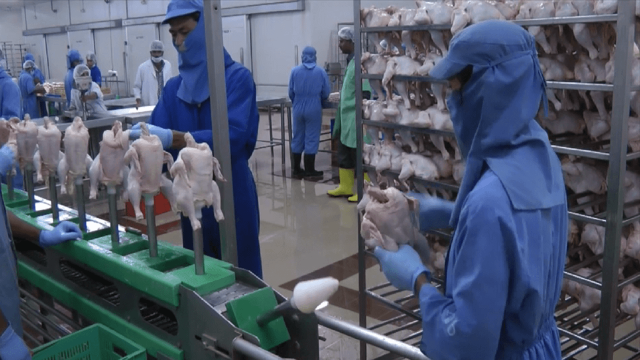

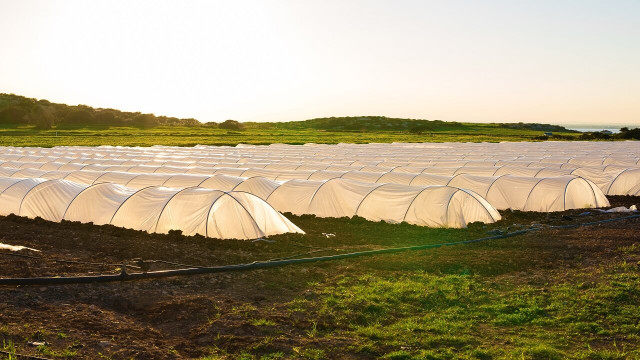
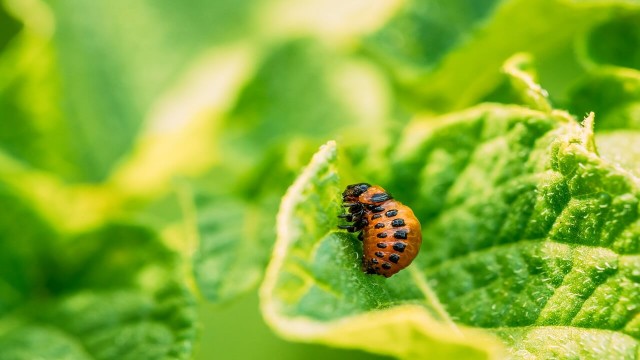
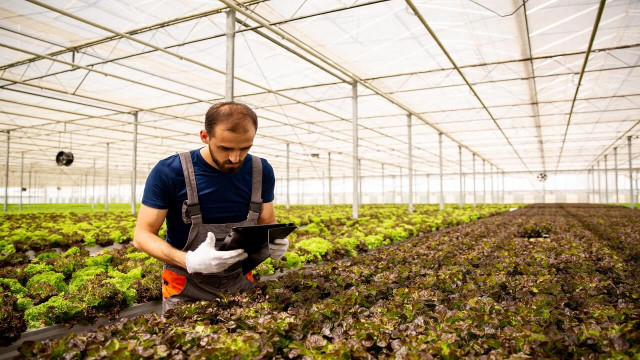

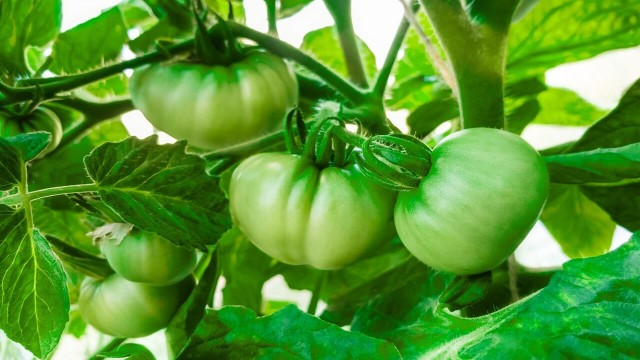
Share This Article: